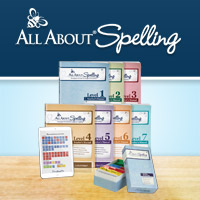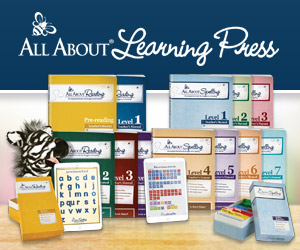The Difference between Spelling and Writing.
The Difference between Spelling and Reading
The difference between spelling and reading is in the processes required for each. It is a belief that if students know their sounds and letters spelling will be easy. This is a fallacy. Students can recite the sounds of the letters as they presented but may be unable to write given letters in spelling.
In reading, letters are in front of the student, this is an easier process than recalling the many letter combinations that make a particular sound in spelling. As an example, being able to recall the many letter combinations that make the /ue/ sound in blue-is the correct combination-oo, ui, ue or u combined with a silent e as in the word, cute. These are only a few of the letter combinations in a lower level of sound knowledge.
The process of remembering the different letter combinations for sounds moves in a spiralling complexity from the basic alphabet letters and sounds through many different layers. In order to memorise these combinations it is important to teach each step thoroughly. Using cheat sheets to support students until they can automatically recall the letters, works for children that I work with in class and in tutoring. Once one set of letter combinations are recognised automatically, move to the next group and so on. I will elaborate this process a little more.
I call the first set of phonic cards the alphabet cards, the second set diagraphs and blends and the third set is made up of many different letter combinations so it is best that I call them the green pack. In the green pack there are vowel teams (two vowels that act as a team with the first letter saying its name and the second letter saying nothing), soft g& c( when g or c are followed by an e, I, or a y; they will say a soft sound), y on the end of words can say /i/ or /e/ and the list goes on. The green pack of cards is made up of 25 sounds. This pack of cards introduces the beginnings of visual spelling. This stage is where the child needs to automatically recall the letter combinations that say one particular sound. Once they recall the letter combinations they need to visually choose the correct combination that looks right in the word that they are spelling.
An example would be in the spelling of burn. The student would recall that in the green pack of cards there are four letter combinations that sound, /er/. He would know that the most common combination is the letters er. So, he would try that letter firstly, if that doesn’t look right he would trial the other /er/ sounds. So the trial period could look like this:
bern
birn
born
burn
There are many skills being used here, the automatic recall, the discrimination of the various letter combinations and then the selection of the correct spelling. While the students are learning these spellings it is important that they see the words regularly on walls around them because if they have never seen the word, they will experience difficulties choosing the correct letters for the word needed.
Finally, I recommend using letter cards to make words before writing spelling. This strategy takes the extra pressure off the child until he can write easily. Children in the early stages of spelling can use the cards on the link below to write three letter words. They will also learn that each syllable must have a red card which is a vowel card.
Eventually, with rehearsal and explicit teaching of sounds, spelling strategies and rules children can spell with success. 
Once I was renovating with one of my sons and I said,
“I can’t get this stain out of the floor.” We were installing a timber floor and I was the sanding expert!!! Jason said to me,
“Just work at it Mum, just work at it.”
As with everything it is the same message that we all need to hear to-in other words, “work at it, work at it until you get it.”
I believe that this special skill of rehearsing has long been omitted from many classrooms. This action has led to many students leaving school without fundamental skills.
In summary, learn the alphabet sounds and then apply these sounds to writing the matching letters. Practice this skill for all the groups of sounds that you teach and you will notice a great improvement in spelling. Have cheat sheets to help children write spelling correctly until they can automatically write the letters that match sounds. Use letter cards until children can write easily. I use these cards when teaching new letter combinations to take the pressures off writing and recall away from the skill of spelling.
Have your child gain confidence in spelling at an early stage before he/she loses heart and suffers poor self esteem. The best program available to help you support your child is the one below. Click on the picture and learn how success is achieved.

Ann Foster tutors children who have difficulties in reading, writing and spelling.
Contact Ann on 0414340883 or email letterboxdelivers@hotmail.com
Website: www.letterboxlearntoread.com
Ann holds the following qualifications: 
Diploma of Teaching
Bachelor of Educational Studies
Master of Education (Special Needs)
Master of Education (Counselling & Guidance)





No comments yet.